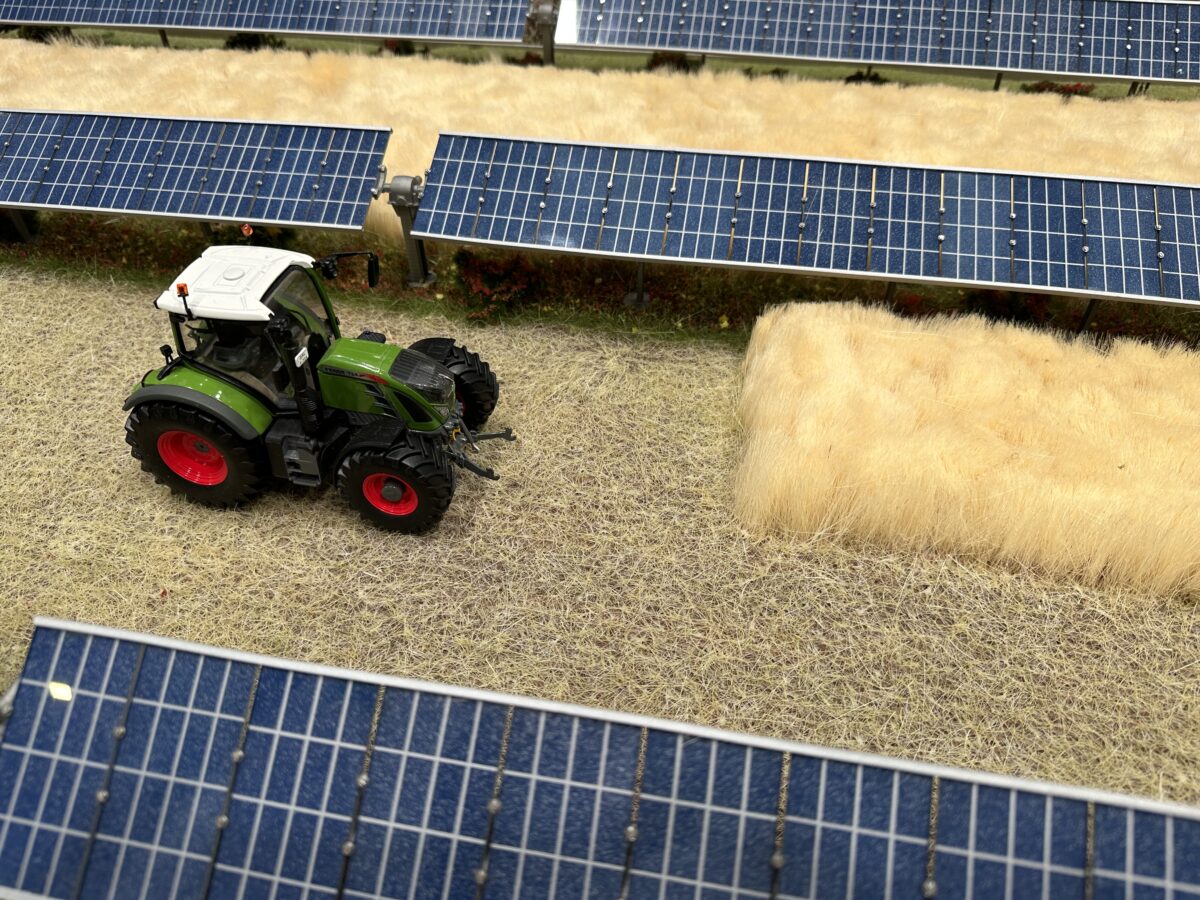A group of scientists at the SRM Institute of Science and Technology in India has compared the performance of a small-sized agrivoltaic system with that of a monofacial and a bifacial rooftop PV system, and has found that the agrivoltaic facility had a lower levelized cost of energy (LCOE) and shorter payback time.
“Our findings apply to all locations and markets,” the research's corresponding author, Manikandan Sundararaj,” told pv magazine. “However, the land equivaltent ratio (LER) depends on the local climatic conditions and the type of crop grown under the agrivoltaic panels. If the suitable crop is optimized based on the location and local climatic conditions, without a doubt, agrivoltaics will be highly beneficial.”
The experimental setup comprised a 195 W bifacial PV panel and a 200 W monofacial solar modules, both mounted on a rooftop at a height of 1 m, with a pitch of 2 m between them and an albedo of 17.013%. It also included a 4.3 kW agrivoltaic system positioned at a height of 4 m above the ground and based on monofacial panels.
“All the panels were oriented south with a slope equal to the latitude angle,” the researchers specified. “An Arduino-based data logger was employed to measure both the current and voltage outputs.”
In its analysis, the group considered panel temperature, power output, LER, levelized cost of electricity (LCOE), payback period, and reliability. It found that the agrivoltaic system has a 12.7% higher power output and 4.4% higher energy efficiency compared to the rooftop counterparts. This was due to microclimate under the agrivoltaics system, which reduces the operating temperature of the panels by between 6 C and 8 C.
The academics also found that the agrivoltaic array has a LER of 1.85. “LER is a right indicator to compare the agrivoltaic and conventional PV systems,” Sundarajai said. “If the LER of agrivoltaic system is higher than 1, the agrivoltaic system will be better, because agrivoltaic system provides agricultural yield along with energy yield from the same land area.”
The analyisis also showed that the agrivoltaic system has an LCOE of of $0.039/kWh and a 6-year payback time, which compares to $0.046/kWh and a 7.56-year payback time for the conventional bifacial system and $0.048/kWh and a 7.25-year payback time for the conventional monofacial system.
“The Mean Time Between Failure (MTBF) results show that agrivoltaic systems are very reliable, with an MTBF of 40.21 years compared to 32.31 and 31.81 years for monofacial panels and bifacial systems, respectively,” the scientists stated, noting that this value describes average time between system breakdowns.
“The integration of crops underneath the PV system not only enhanced the energy production but also contributed to the improvement in overall reliability of the agrivoltaic system, placing it as a compelling and economically advantageous solution for the water-food-energy problem,” they concluded.
Their findings are available in the study “Agrophotovoltaics: enhancing solar land use efficiency for energy food water nexus,” published in Renewable Energy Focus.
This content is protected by copyright and may not be reused. If you want to cooperate with us and would like to reuse some of our content, please contact: editors@pv-magazine.com.




By submitting this form you agree to pv magazine using your data for the purposes of publishing your comment.
Your personal data will only be disclosed or otherwise transmitted to third parties for the purposes of spam filtering or if this is necessary for technical maintenance of the website. Any other transfer to third parties will not take place unless this is justified on the basis of applicable data protection regulations or if pv magazine is legally obliged to do so.
You may revoke this consent at any time with effect for the future, in which case your personal data will be deleted immediately. Otherwise, your data will be deleted if pv magazine has processed your request or the purpose of data storage is fulfilled.
Further information on data privacy can be found in our Data Protection Policy.